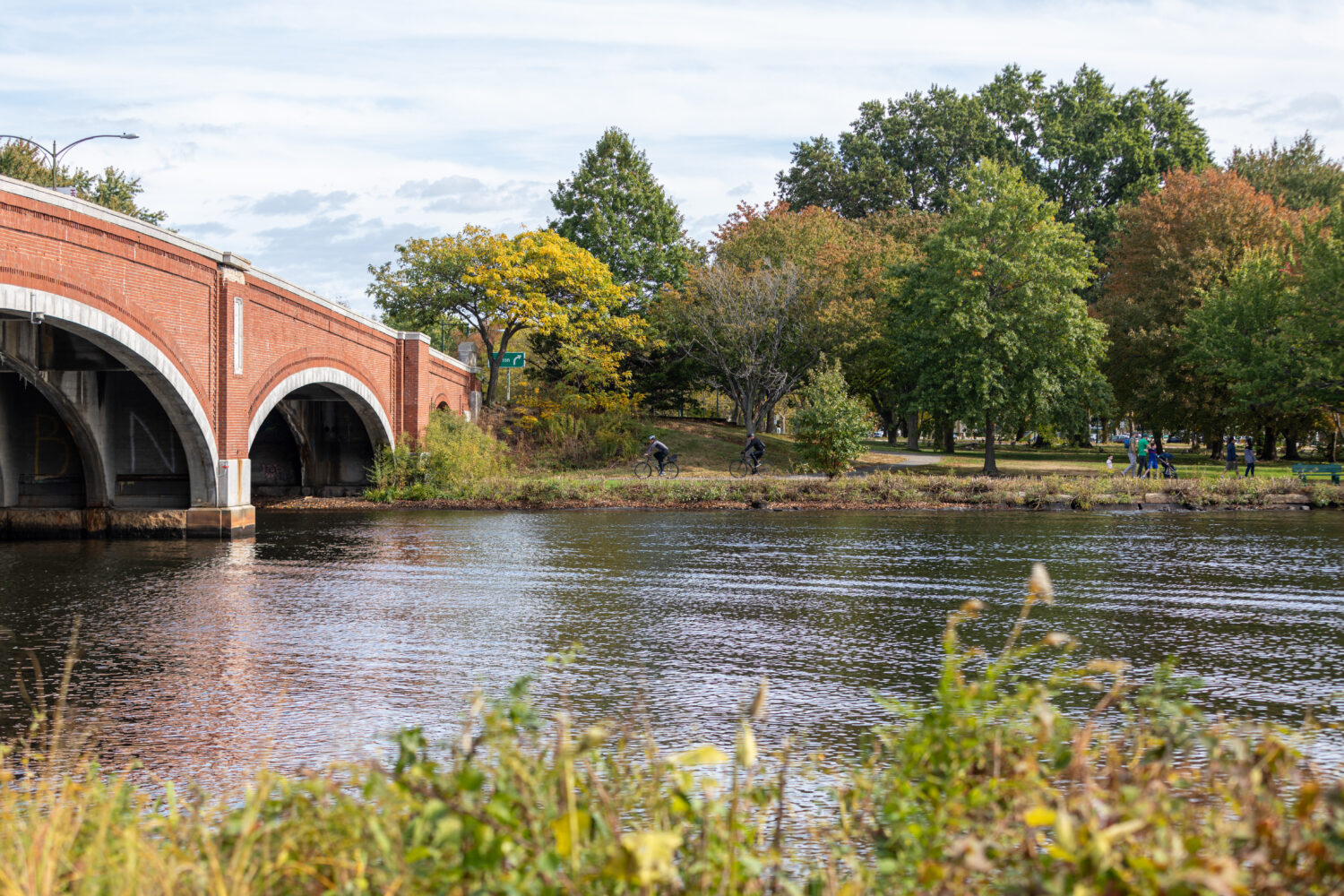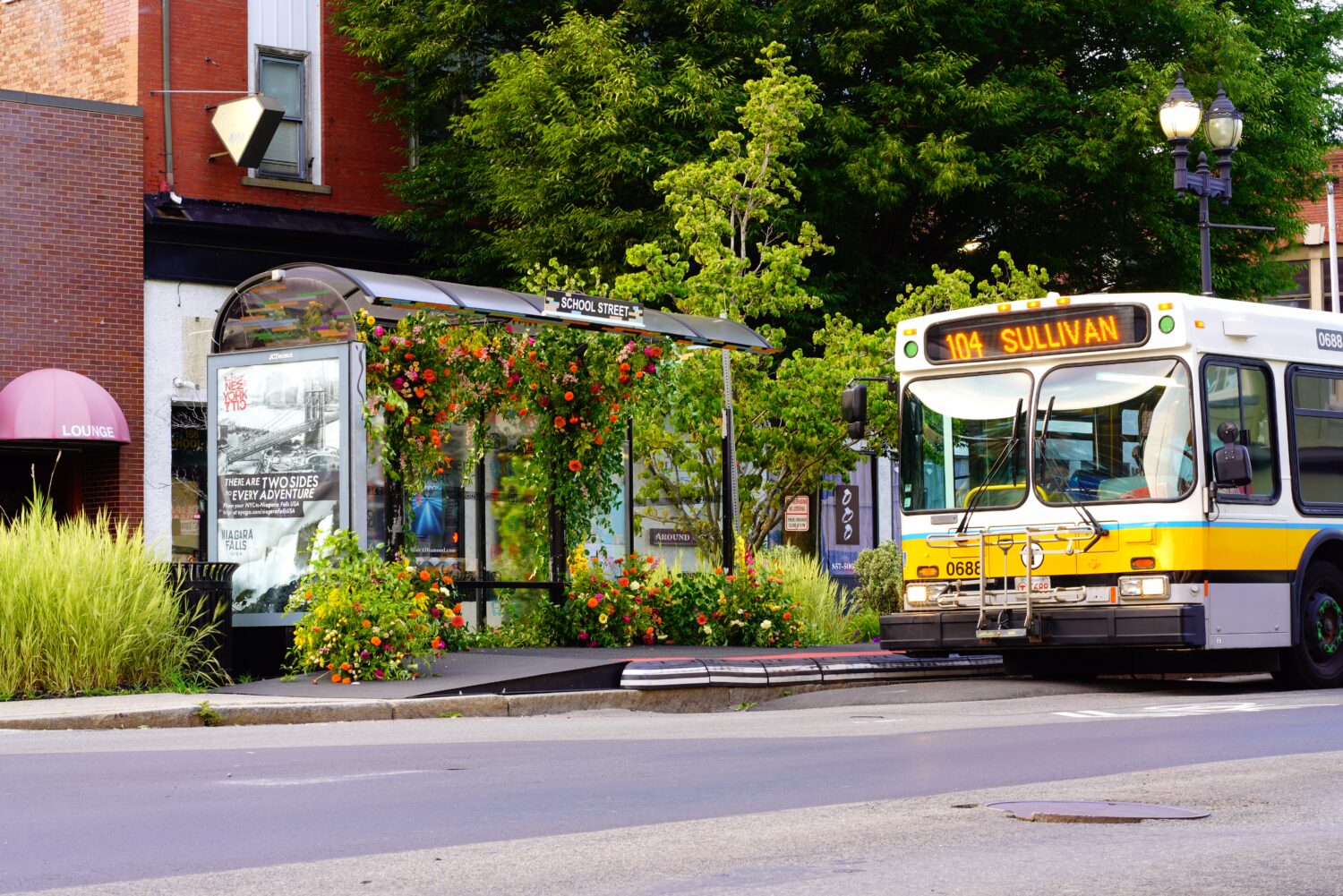2025 was one of the hottest summers on record in Massachusetts, with 19 days over 90 degrees. Boston saw record temperatures in June, and warm, humid weather continues into the fall.
As climate change makes summer heat more intense, we need effective policies along with social and physical infrastructure to build climate resilience. To get there, communities are collaborating to address safety and equity issues.
A collective approach
Barr’s Clean Energy and Climate Resilience strategies jointly designed the Community Heat Resilience Pilot, a two-year, $1.3 million effort that engages municipal, nonprofit, and community organizations in Salem, Somerville, and Lynn. During the pilot, these communities are coming together to develop localized solutions to extreme heat.
The community teams are supported by two coaching partners: Metropolitan Area Planning Council (MAPC) and Frontline Solutions. MAPC is providing coaching and technical assistance to design, finance, and implement projects. Frontline Solutions is helping to facilitate meetings, establish co-governance, and encourage collaborative decision-making. Frontline is also ensuring that the projects involve residents, match local needs and contexts, and communicate progress publicly.
“It was important to us to start where support is needed most, and where work was already underway. While extreme heat impacts everyone, not everyone is impacted equally.”
Kalila Barnett, Senior Program Officer for Climate Resilience
Salem, Somerville, and Lynn, the three cities selected for this initiative, are among those in Massachusetts most impacted by extreme heat. Environmental justice (EJ) communities like these are most often hit first and worst by the impacts of climate change. EJ communities are places that experience higher environmental burdens and as a result residents live with worse public health outcomes. During heat waves, they are exposed to higher temperatures for longer, partly due to large swaths of pavement and limited green space to provide relief.
Why unite clean energy and climate resilience?
In the climate field, mitigating climate change and adapting to climate change have traditionally been siloed despite being highly interconnected.
This is readily apparent through extreme heat. In New England, residents are adapting as the region rapidly warms while also seeking clean energy solutions to keep cool and reduce emissions that drive warming.
On June 24th 2025, when many Massachusetts communities hit 102 degrees, rooftop solar panels reduced demand on the power grid, keeping air conditioners running and electricity bills lower. Clean energy offset fossil fuel use, which would have further eroded air quality and exacerbated negative health impacts. Green infrastructure also served a dual role, keeping people cool and offsetting carbon emissions. The electric grid’s performance this summer is one of many ways clean energy and climate resilience can interact for greater impact.
“Extreme heat is an important arena where climate mitigation and adaptation can work together to make holistic change. This is what drives us to break down silos across the climate movement.”
Kathryn Wright, Senior Program Officer for Clean Energy
Next steps
Community Heat Resilience partners in Salem, Somerville, and Lynn are currently planning projects to be executed in summer 2026. They’re engaging their local communities to learn how people are managing the heat and developing solutions that best match the needs and local context.
The pilot has also established a statewide community of practice, where a larger group of individuals working across the state to address extreme heat are gathering to share challenges and successes. The goal for the community of practice is to advocate for a shared policy agenda at the state level.
We will provide updates and learnings from the cities over the next year on the Community Heat Resilience initiative page. In the meantime, we invite you to read recent media coverage about extreme heat featuring the impactful work of many of our grantee partners.
Extreme Heat in the News
-
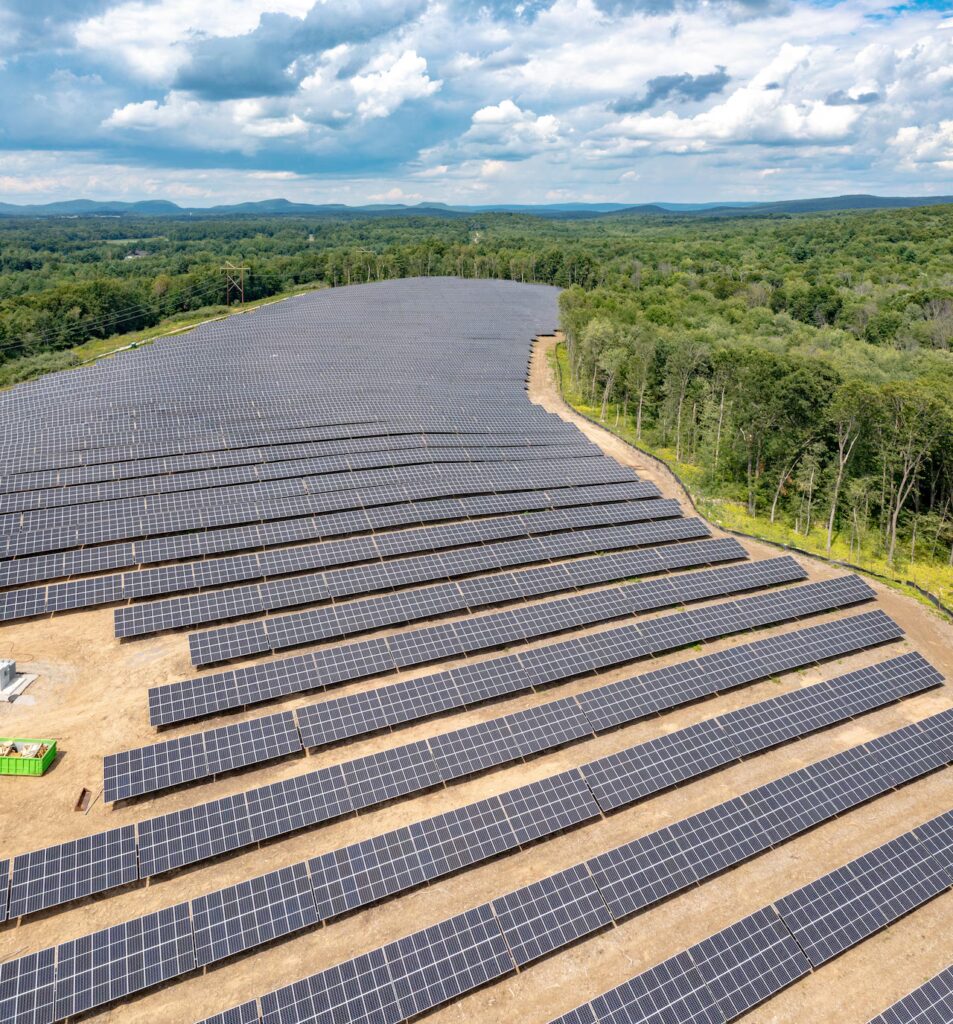
How clean energy met the moment in the New England summer of 2025
When the heat was at its worst, it wasn’t fossil fuels that kept the power on: it was clean energy.
-
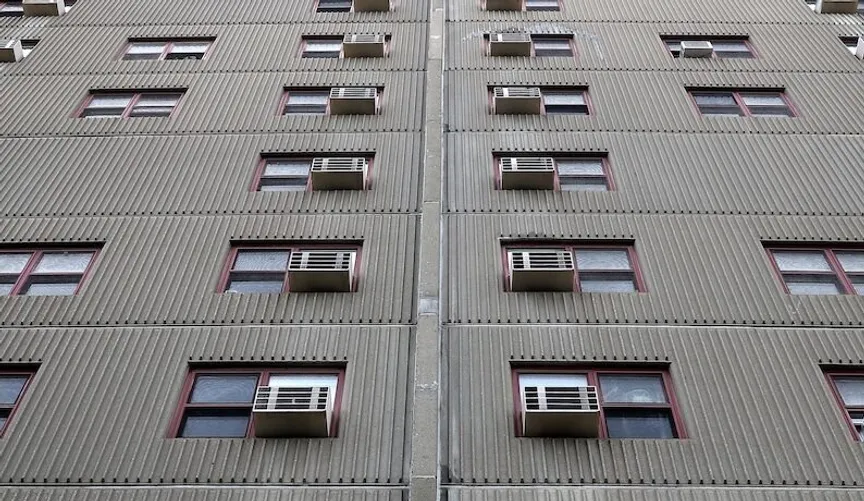
Clean energy saved New England's grid during the heat wave
-
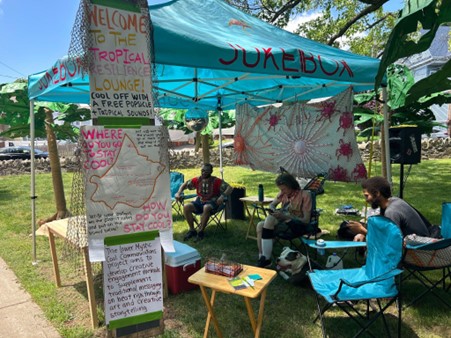
Communities collaborate to “build a cool culture” in response to extreme heat
-
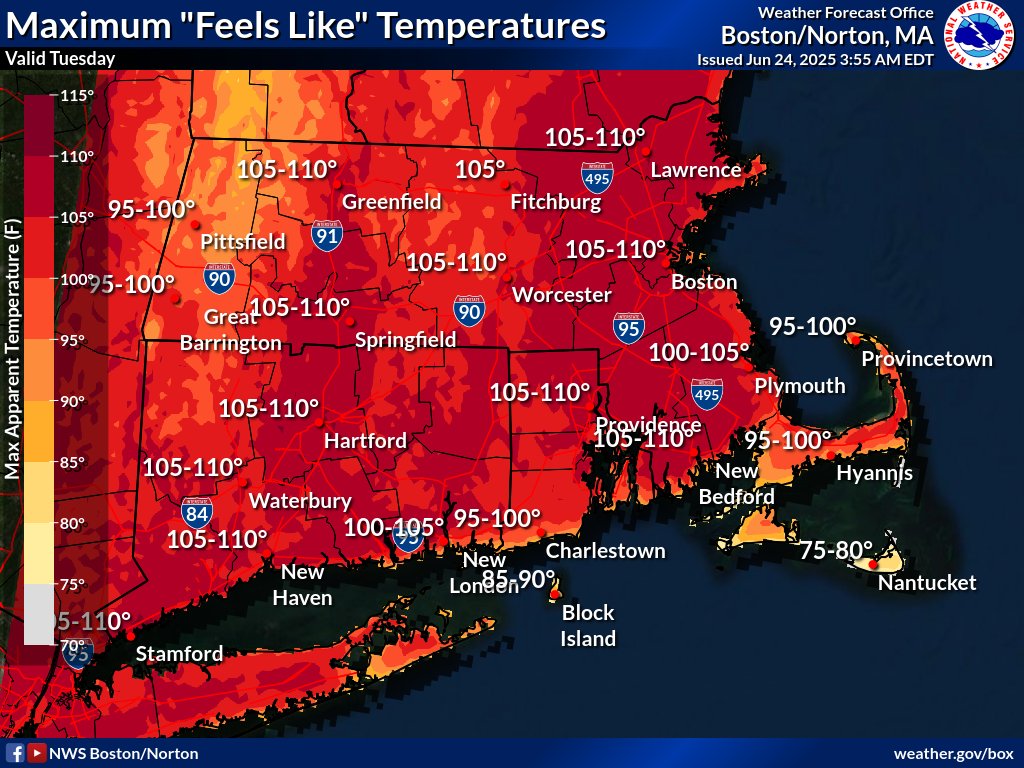
Here's how heat waves affect vulnerable populations
-
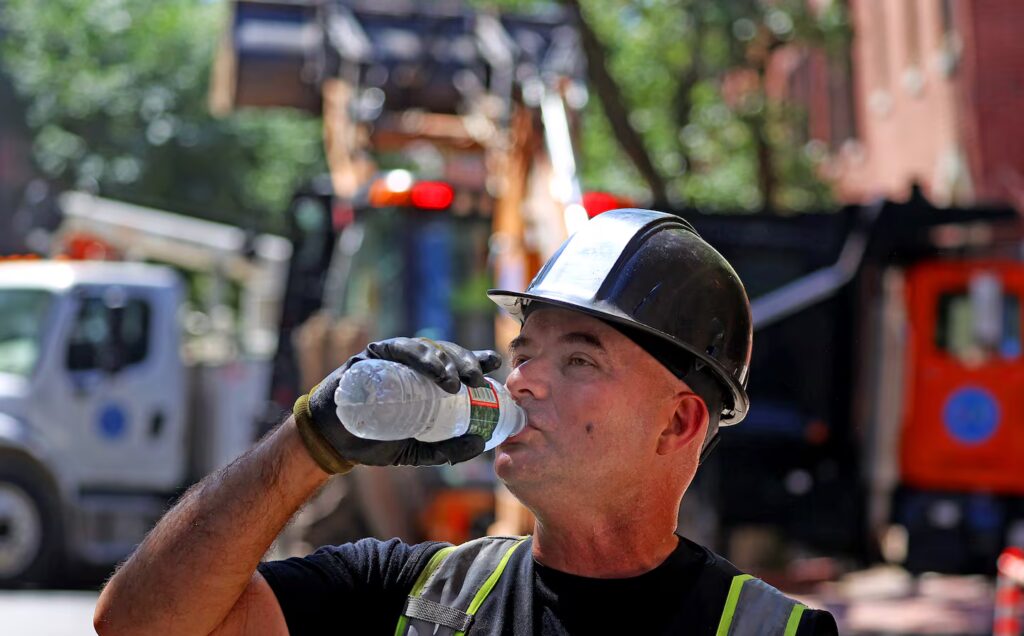
Boston hits 102 degrees Tuesday, the hottest June day ever recorded



